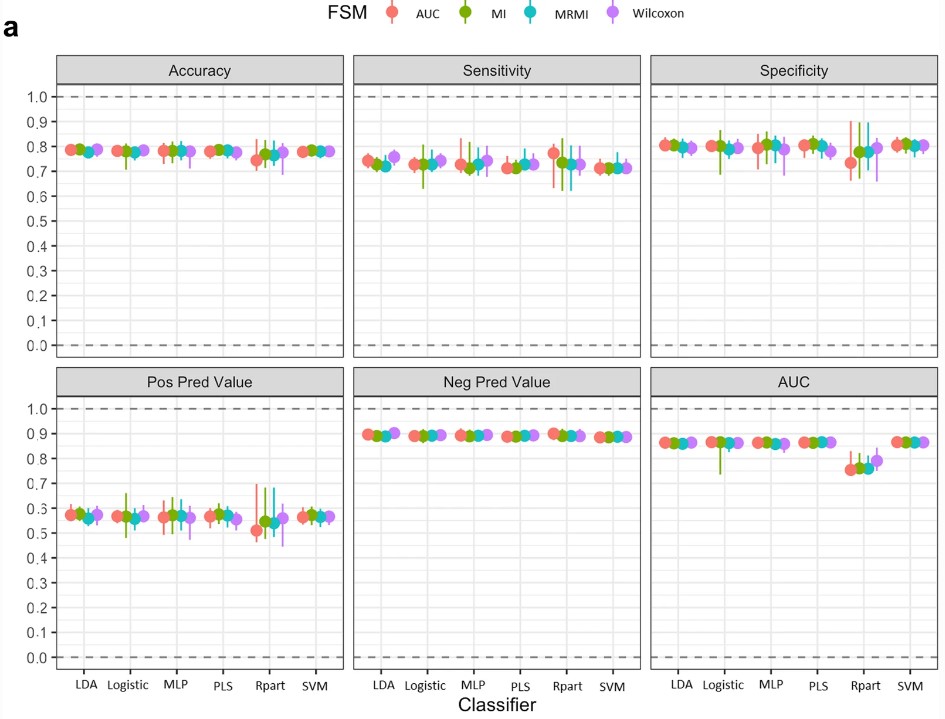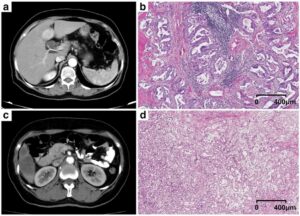The authors of this retrospective analysis looked at the role that radiomics played when applied to contrast-enhanced computed tomography (CT) in detecting lymph node (LN) metastases in lung cancer patients compared to 18F-fluorodeoxyglucose positron emission tomography (PET)/CT as a reference. The authors determined that radiomics showed good discrimination power, regardless of the modelling technique, in detecting LN metastases in lung cancer patients.
Key points
- Radiomics applied to contrast-enhanced computed tomography is feasible in detecting lymph node metastases in patients with proven lung cancer.
- The least absolute shrinkage and selection operator (LASSO) classifier is suitable as a diagnostic tool applied to radiomics in this setting.
- Radiomics failed to improve clinical benefit as a prescreening tool.
Authors: Boris Gorodetski, Philipp Hendrik Becker, Alexander Daniel Jacques Baur, Alexander Hartenstein, Julian Manuel Michael Rogasch, Christian Furth, Holger Amthauer, Bernd Hamm, Marcus Makowski & Tobias Penzkofer













